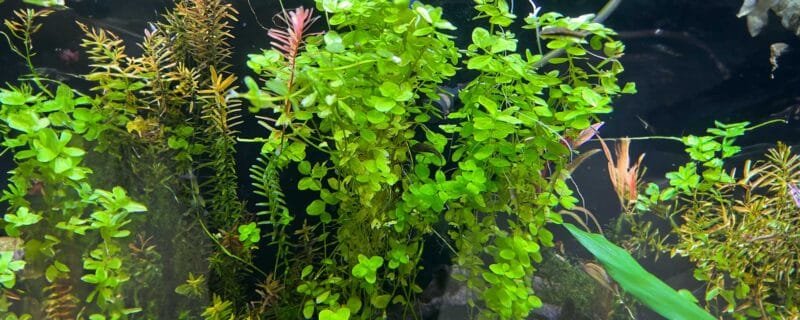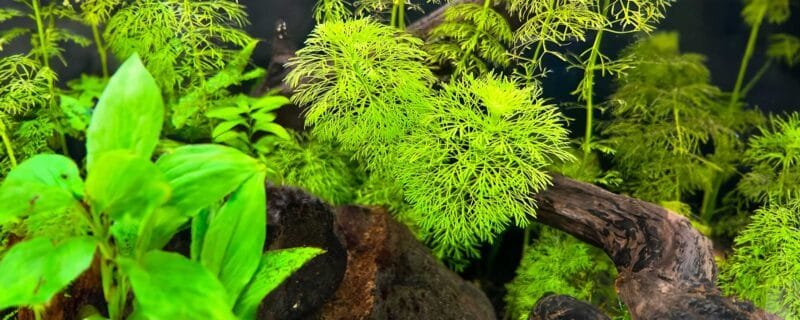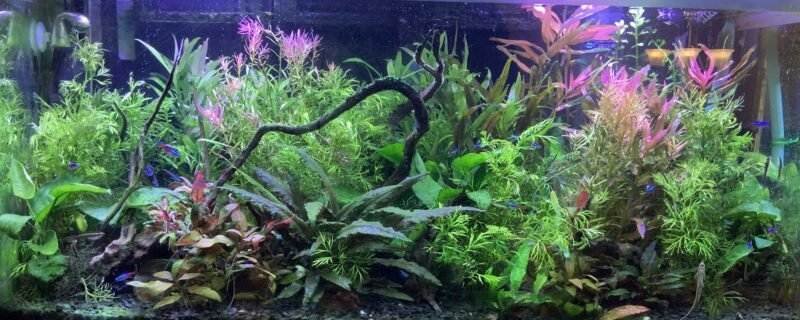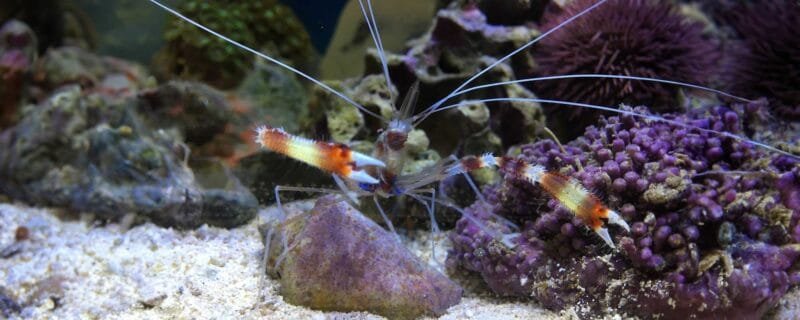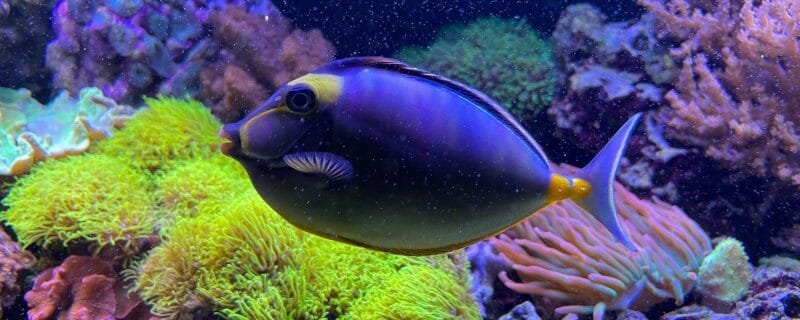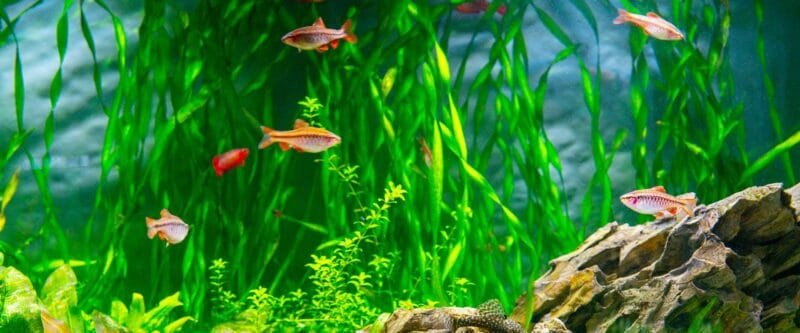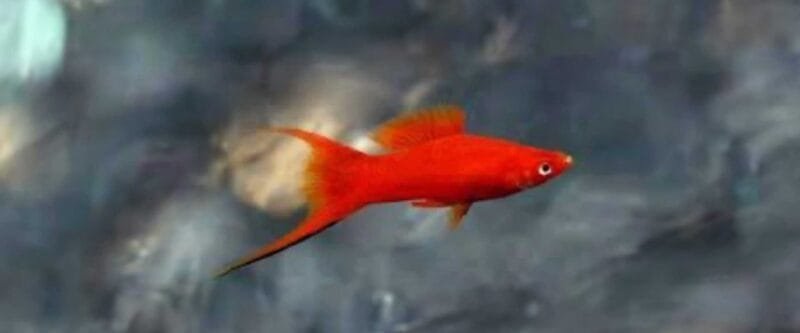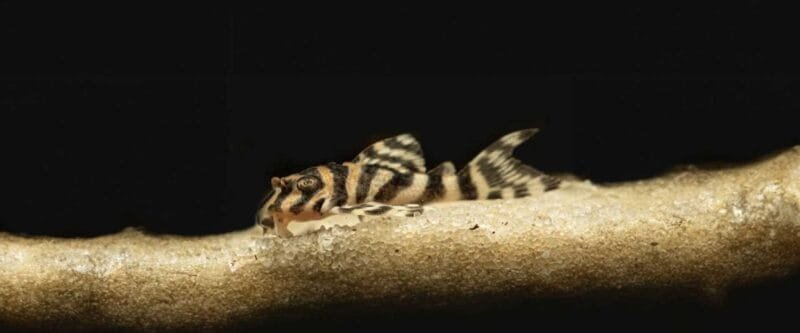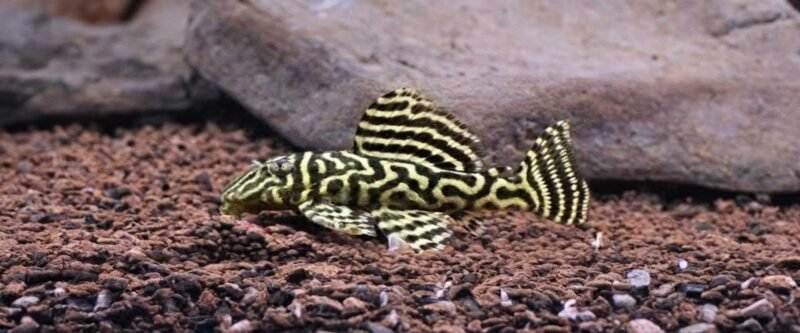Indian Fern: A Lush Addition to Your Aquarium
Introduction
Indian Fern, scientifically known as Ceratopteris thalictroides, is a delightful aquatic plant that can elevate the aesthetics of your aquarium. In this SEO-friendly blog post, we’ll explore the origins of the Indian Fern, its native conditions, light requirements, CO2 and fertilizer preferences, placement in the aquarium, growth characteristics, fish companions, and propagation techniques.
Native Habitat and Conditions
Indian Fern is native to various regions in Asia, including India, Southeast Asia, and parts of Africa. In its natural habitat, it thrives in shallow, slow-moving waters such as ponds, marshes, and streams. This aquatic beauty has adapted to a range of conditions, making it an excellent choice for aquariums.
Light Requirements
One of the advantages of Indian Fern is its versatility in terms of lighting. It is considered a low to moderate light plant, meaning it can flourish in setups with minimal to moderate illumination. However, for optimal growth and vibrancy, providing it with moderate, indirect light is recommended.
CO2 and Fertilizer Needs
Indian Fern is a relatively undemanding plant when it comes to CO2 supplementation. In most cases, it can thrive without additional CO2 injection, drawing carbon dioxide from the surrounding water. Regarding nutrients, while it doesn’t require excessive fertilization, providing it with liquid or substrate-based fertilizers can promote healthier growth and more vibrant fronds.
Placement in the Aquarium
Indian Fern is a versatile plant that can be placed in various positions within your aquarium. Due to its delicate, feathery appearance, it is often used in the background or midground of aquascapes. Its graceful fronds add a sense of movement and elegance to your underwater garden.
Growth Characteristics
Indian Fern can reach a height of 12 to 18 inches (30 to 45 cm) under the right conditions. Its finely divided, fern-like leaves create a beautiful, lush canopy that provides shelter and shade for your aquatic inhabitants. It’s important to note that this plant can grow rapidly, so regular pruning may be necessary to maintain its desired shape.
Ideal Tankmates
Many fish species appreciate the presence of Indian Fern in their aquarium. Fish like Betta fish, gouramis, tetras, and rasboras often enjoy swimming among its fronds. Additionally, Indian Fern offers a natural habitat for fry and small shrimp, providing them with shelter and a grazing surface.
Propagation
Indian Fern is an excellent choice for aquarists looking to propagate their plants. Propagation is typically achieved through the formation of daughter plants on the parent plant’s leaves. These small plantlets can be carefully separated and planted in the substrate or attached to driftwood. Over time, they will develop into mature plants, creating a lush and inviting environment in your aquarium.
Conclusion
Indian Fern is a wonderful addition to any aquarium, offering beauty and functionality. Understanding its native conditions, adaptable light requirements, modest CO2 and fertilizer needs, ideal placement, growth characteristics, and fish companions can help you create a thriving aquatic ecosystem. With its ease of propagation, you can continue to enjoy the graceful presence of Indian Fern in your tank while sharing its beauty with fellow aquarists. Consider adding Indian Fern to your aquarium today and watch as it transforms your


